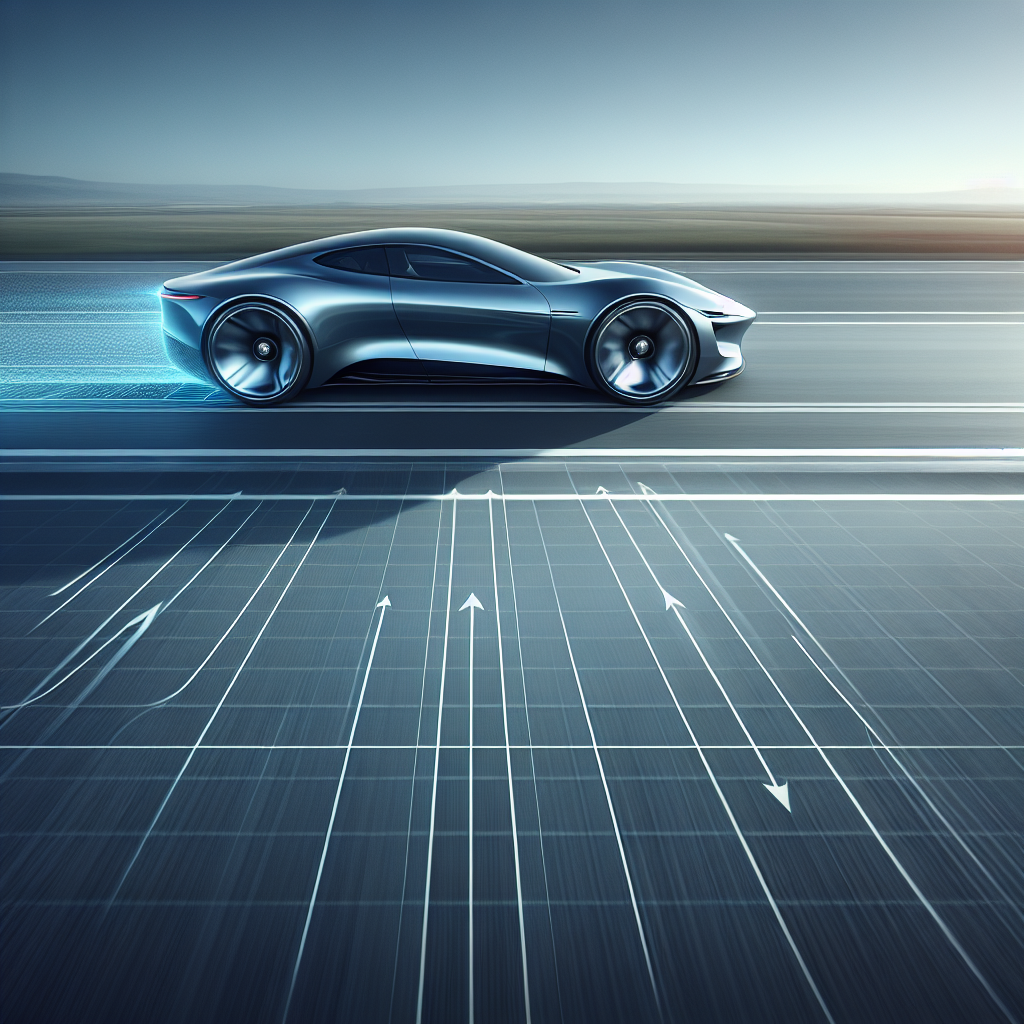Do You Need Force to Keep Constant Velocity? Understanding Physics
Physics, often dubbed the "fundamental science," is a fascinating field that helps us comprehend how the universe operates. One intriguing question that often arises in the study of physics is: "Do you need force to keep constant velocity?" This query touches on fundamental concepts of motion and forces, often leaving students and enthusiasts pondering over the laws that govern our physical world. In this blog post, we will delve into this topic, breaking it down into digestible parts to enhance understanding.
Table of Contents
1. Introduction to Motion and Forces
2. Newton's First Law of Motion
3. Understanding Constant Velocity
4. The Role of Friction and Other Forces
5. Real-World Applications
6. Conclusion
7. FAQs
Introduction to Motion and Forces
Before we dive into the specifics, it's crucial to understand the basic concepts of motion and forces. Motion refers to the change in position of an object over time, and force is a push or pull acting upon an object as a result of its interaction with another object. Forces can cause objects to accelerate, decelerate, or simply change direction, and they play a pivotal role in determining how objects move in the physical world.
Newton’s First Law of Motion
To address our main question, we need to explore Newton's First Law of Motion, also known as the law of inertia. This law states that an object at rest stays at rest, and an object in motion stays in motion with the same speed and in the same direction unless acted upon by an unbalanced force. In essence, Newton's First Law tells us that no force is needed to maintain constant velocity. Instead, it is the absence of opposing forces that allows an object to keep moving at a consistent speed.

Understanding Constant Velocity
Constant velocity means that an object is moving in a straight line at a steady speed. It implies two crucial conditions: the speed of the object remains unchanged, and the direction of motion remains constant. When an object is moving with constant velocity, it is not accelerating, which means the net force acting on the object is zero. This is a direct application of Newton's First Law—if no external force is applied, an object will continue moving at the same speed and direction.

The Role of Friction and Other Forces
In practical scenarios, maintaining constant velocity often requires overcoming forces such as friction and air resistance. For instance, a car traveling on a highway needs to exert a force to counteract the friction from the road and air resistance to maintain its constant velocity. In a frictionless environment, such as outer space, a spacecraft can continue moving at a constant velocity without the need for continuous propulsion, demonstrating Newton's First Law in a pure form.
Real-World Applications
Understanding the concept of constant velocity and the role of forces has numerous real-world applications. Engineers design vehicles with efficient engines to overcome friction and maintain constant speed. Pilots calculate fuel needs by considering the forces that will act on an aircraft during flight. In sports, athletes apply force to change their speed or direction, illustrating the practical application of these physics principles.
Conclusion
So, do you need force to keep constant velocity? The answer is no, not if there are no opposing forces. However, in our everyday world filled with friction and air resistance, applying force is often necessary to maintain a steady speed. Understanding these concepts not only enriches our knowledge of physics but also enhances our appreciation for the intricacies of the universe.
FAQs
Q: What is the difference between speed and velocity?
A: Speed is a scalar quantity that refers only to how fast an object is moving, while velocity is a vector quantity that specifies both the speed and direction of the object's motion.
Q: Why don't objects continue to move forever on Earth?
A: On Earth, objects don't continue moving indefinitely due to forces like friction and air resistance that act against the motion, causing them to slow down and eventually stop.
Q: Can an object have a constant speed but changing velocity?
A: Yes, an object can have a constant speed but a changing velocity if it is changing direction. For example, a car moving around a circular track at a constant speed is changing its velocity due to the continuous change in direction.
Understanding these fundamental principles of motion and forces not only answers intriguing questions but also equips us with insights that are applicable in various aspects of technology and daily life. Keep exploring the wonders of physics, and you'll continue to uncover the secrets of how our universe works!

